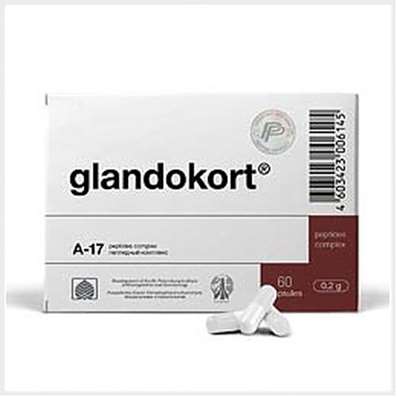FAQ: nerve cell structure
28 Oct 2016
7 facts about the structure and interaction of neurons.
Our brain is one of the most complex systems in the body. It contains many different types of cells. Each of these cells may form a few thousand contact with other cells. In order to understand how cells communicate, how to work those contacts affects what we call memory, learning, memories, it is advisable to consider the unit cells and the morphology of the contacts between nerve cells, so-called synaptic contacts.

- 1.A nerve cell has a specific, quite clearly defined structure. There are several parts of the cell, the so-called compartments: it is the body of the cell, the largest, most conspicuous part. It contains the cell nucleus, in the nucleus contains DNA, ie the entire genetic information of what it was, what it is and how it work. Furthermore neurons have two types of processes: dendrites and axons. The axon of a neuron in one of the dendrites may be many. The information received through the cell dendrites and axons issues. The information in the nervous system - is, in fact, the electrical pulses.
- 2.Each nerve cell has a membrane potential. Different cells it may be slightly different. When a nerve cell lives, when it is active, there is a constant oscillation of the membrane potential. It may be small fluctuations and strong, sharp fluctuations. Small vibrations occur, typically due to the fact that the cell receives the information from other nerve cells, which - due to postsynaptic potentials. And there is a sharp change in membrane potential - action potential. The occurrence of an action potential in the nerve cell leads to the fact that she transmits information. That is, this leads to the fact that it emits a neurotransmitter from the axon terminals.
- 3.At the end of the axon has a thickening, called the axon terminals. These axon terminal is a part of the presynaptic interneuron contacts. Intercellular junctions between two nerve cells is called a synapse. Accordingly, the synapse is composed of a presynaptic portion postsynaptic portion, the synaptic cleft. Now actively investigated the so-called extracellular matrix, which is believed to have also a very important part of the function of the synapse, as well as all the molecular cascades that operate presinapse, and like all the molecular cascades that operate postsinapse.
- 4.When a nerve cell action potential arises from the presynaptic terminal neurotransmitter ejected. A neurotransmitter is released into the synaptic cleft and postsynaptic membrane reaches. At the end of the presynaptic contains many different sized synaptic vesicle containing the neurotransmitter. When an action potential arrives at the presynaptic terminal, the vesicles fuse with the presynaptic membrane and spew out its contents into the synaptic cleft. The neurotransmitter synaptic cleft by presynaptic membrane migrates to and reacts with postsynaptic receptors. At the postsynaptic membrane there are a large number of different receptors.
For example, the most extensively studied are the glutamate receptors. Glutamate - the major excitatory neurotransmitter in the mammalian nervous system. To calm down your nerve, avoid depression and anxiety, just use Phenibut, Phenazepam, Afobazol, Selank. - 5.When reaching neurotransmitter receptor on the postsynaptic membrane is opened receptors associated with ion channels. The fact that the nerve cell membrane potential generated by the difference in the concentration of several ions inside or outside the cell. When the ion channels open, ions outside can enter into the cell, which leads to changes in membrane potential, and as a result, may cause an action potential in the postsynaptic cell. In fact, this process is the transfer of information between nerve cells.
- 6.This scheme is very common, working for almost all types of nerve cells. Currently actively studied specific links between specific cell types in specific brain structures. In order to subsequently compare the work of certain synapses with specific behaviors or specific forms of training. For example, in Scotland, there is a laboratory Andrey Rozov, which explores the relationship between hippocampal principal neurons and interneurons in the hippocampus. Hippocampus - this is one of the most intensively studied brain structures associated with learning and memory. In this laboratory study of it comes from the interneuron neurotransmission brake on the principal neuron on excitatory neurons of the hippocampus. This relationship depends on the activation of different types of receptors - receptors for gamma-aminobutyric acid. Unlike glutamate, a neurotransmitter that is a major inhibitory neurotransmitter in the system. For treceiving GABA buy Pantogam.
- 7.Study of this connection is crucial for understanding how the nervous system is the activation of some cells, while other cell inhibition activity. This kind of research is needed to understand how, in principle, the brain works, why we can focus on any one thought, or how we do some one particular action, and any group of cells, which brain structures that are involved.

 Cart
Cart





